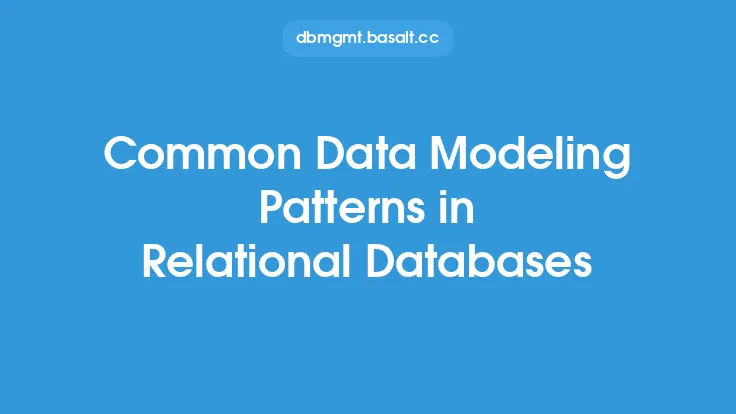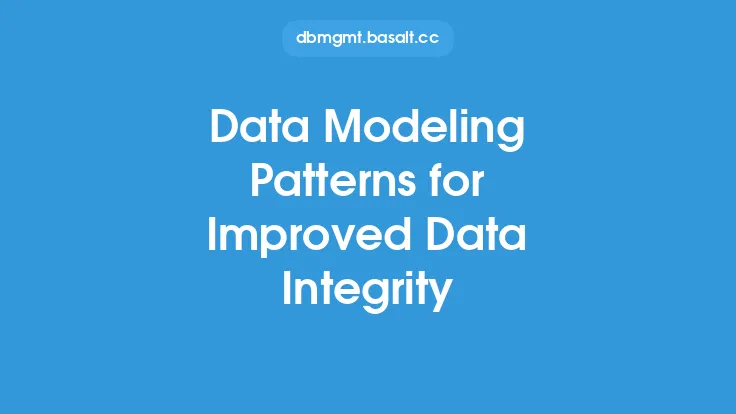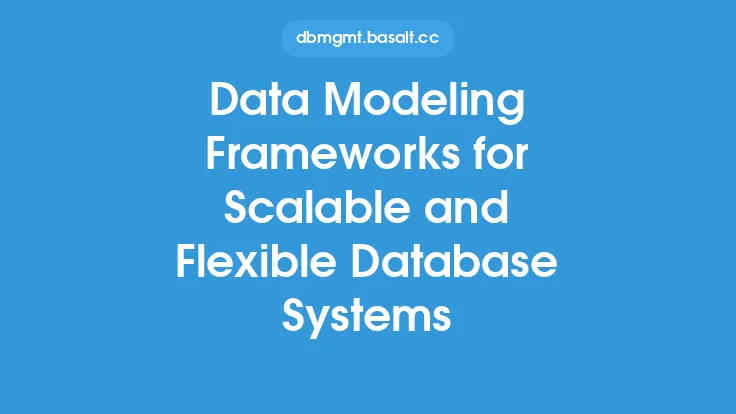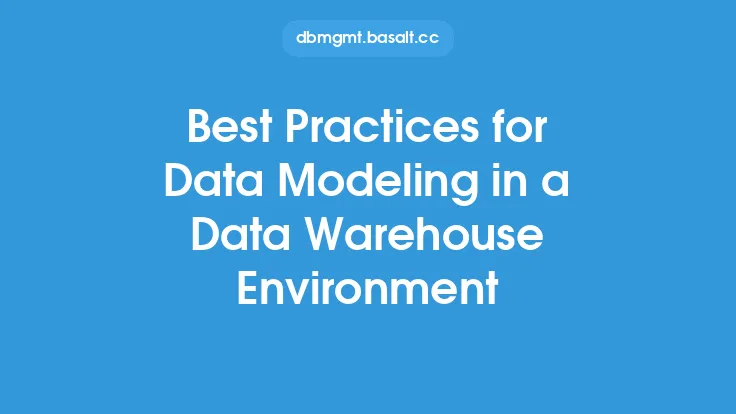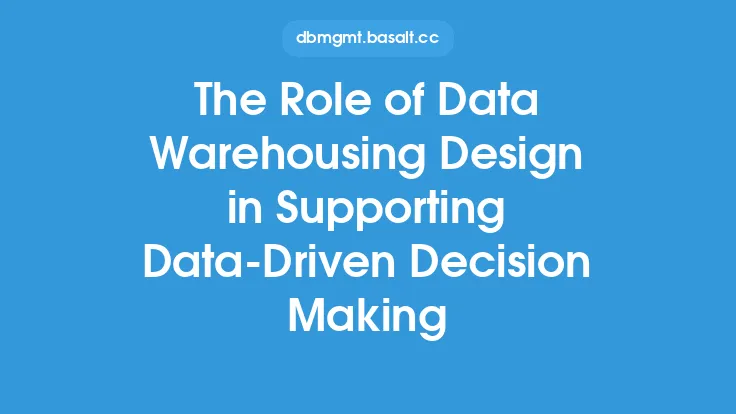When designing and implementing databases, one of the key challenges is bridging the gap between the object-oriented world of programming languages and the relational world of databases. This is where object-relational mapping (ORM) patterns come into play, providing a way to map objects in an application to tables in a relational database. In this article, we will delve into the world of object-relational mapping patterns, exploring their importance, types, and best practices for implementation.
Introduction to Object-Relational Mapping
Object-relational mapping is a programming technique that allows developers to interact with a relational database using objects, rather than writing raw SQL code. This approach provides a layer of abstraction between the application code and the database, making it easier to switch between different databases or change the database schema without affecting the application. ORM patterns are essential in data modeling, as they enable developers to define the structure of the data in a way that is consistent with the application's requirements.
Types of Object-Relational Mapping Patterns
There are several types of object-relational mapping patterns, each with its own strengths and weaknesses. Some of the most common patterns include:
- One-to-One Mapping: This pattern involves mapping one object to one table in the database. This is the simplest type of mapping and is often used for simple applications.
- One-to-Many Mapping: This pattern involves mapping one object to multiple tables in the database. This is commonly used for relationships between objects, such as a customer having multiple orders.
- Many-to-Many Mapping: This pattern involves mapping multiple objects to multiple tables in the database. This is often used for complex relationships between objects, such as a customer having multiple orders and an order being associated with multiple customers.
- Inheritance Mapping: This pattern involves mapping a class hierarchy to a database schema. This is often used for complex object relationships, such as a vehicle being a car or a truck.
Benefits of Object-Relational Mapping Patterns
Object-relational mapping patterns provide several benefits, including:
- Improved Productivity: By providing a layer of abstraction between the application code and the database, ORM patterns make it easier for developers to focus on writing application code rather than database code.
- Increased Portability: ORM patterns make it easier to switch between different databases or change the database schema without affecting the application.
- Better Data Integrity: ORM patterns provide a way to define the structure of the data in a way that is consistent with the application's requirements, reducing the risk of data inconsistencies.
- Reduced SQL Code: ORM patterns reduce the amount of SQL code that needs to be written, making it easier to maintain and update the application.
Best Practices for Implementing Object-Relational Mapping Patterns
When implementing object-relational mapping patterns, there are several best practices to keep in mind:
- Use a Consistent Naming Convention: Use a consistent naming convention for tables, columns, and objects to make it easier to understand the mapping between the application code and the database.
- Use Lazy Loading: Use lazy loading to reduce the amount of data that is loaded from the database, improving performance and reducing memory usage.
- Use Caching: Use caching to reduce the number of database queries, improving performance and reducing the load on the database.
- Use Transactions: Use transactions to ensure that database operations are atomic, reducing the risk of data inconsistencies.
Common Object-Relational Mapping Tools and Frameworks
There are several object-relational mapping tools and frameworks available, including:
- Hibernate: A popular ORM framework for Java that provides a way to map objects to tables in a relational database.
- Entity Framework: A popular ORM framework for .NET that provides a way to map objects to tables in a relational database.
- Django ORM: A built-in ORM framework for the Django web framework that provides a way to map objects to tables in a relational database.
- SQLAlchemy: A popular ORM framework for Python that provides a way to map objects to tables in a relational database.
Challenges and Limitations of Object-Relational Mapping Patterns
While object-relational mapping patterns provide several benefits, there are also several challenges and limitations to consider:
- Performance Overhead: ORM patterns can introduce a performance overhead, as the mapping between objects and tables can be complex and time-consuming.
- Complexity: ORM patterns can be complex and difficult to understand, especially for large and complex applications.
- Limited Support for Advanced Database Features: ORM patterns may not support advanced database features, such as stored procedures and views.
- Limited Support for NoSQL Databases: ORM patterns may not support NoSQL databases, which can make it difficult to use them in applications that require a NoSQL database.
Conclusion
Object-relational mapping patterns are a crucial part of data modeling, providing a way to map objects in an application to tables in a relational database. By understanding the different types of ORM patterns, their benefits, and best practices for implementation, developers can create more efficient, scalable, and maintainable applications. While there are challenges and limitations to consider, the benefits of ORM patterns make them an essential tool for any developer working with relational databases.
